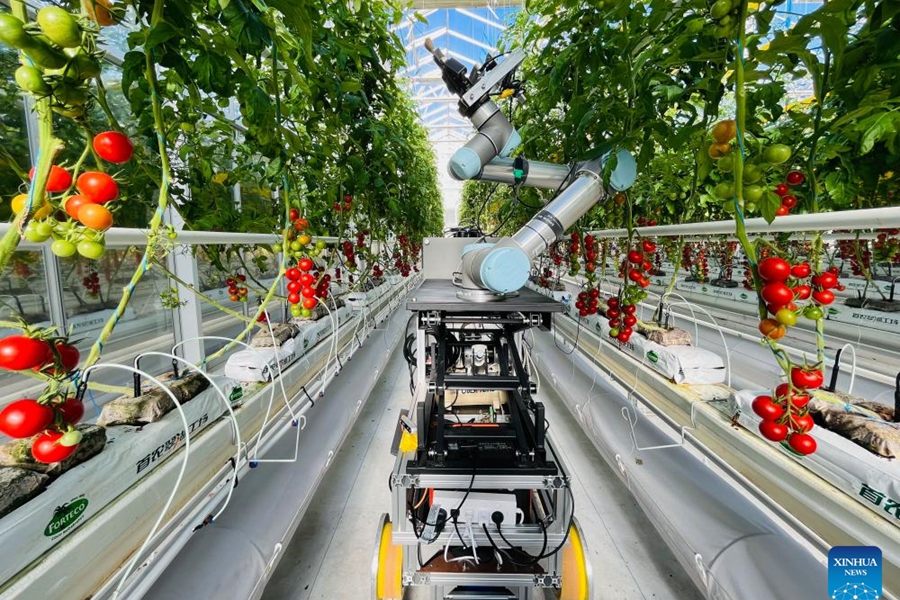
Photo taken on June 2, 2023 shows the fish stock are replenished in the sea area of Gaogong Island in Lianyungang City, Jiangsu Province. (CFP Photo)
Jiangsu has made strides in restoring aquatic biological resources and improving water quality to meet fishery requirements in the Yangtze River basin, according to the province's 2023 bulletin.
The bulletin was reviewed and verified by the expert committee of Jiangsu Province Aquatic Biological Resources Monitoring System, according to the province's Department of Agriculture and Rural Affairs.

Photo taken on April 26, 2023 shows students making drawings about the Yangtze River at the Longyou Bay ecotourism zone in Changjiang Town, Rugao City, Jiangsu Province. (CFP Photo)
The department organized a provincewide survey in 2022 to assess the status of aquatic biological resources and water quality in major fishery waters. The campaign has received support from governmental departments, universities and research institutions, and established 609 monitoring stations.
The research identified 76 species in the Jiangsu section of the great river, 4 more species than in 2021. The catch included four fish of two species under the national key wildlife protection, namely three Chinese sturgeon and one Chinese high-fin banded shark. It was reported that no fish of protected species was caught in the 2021 study.
In addition, the research also captured 937 fish of three species under the province's own wildlife protection scheme, a significant increase compared to 284 fish of the same three species found in 2021.
In the research, Jiangsu identified 122 Yangtze finless porpoises and the average weight of Chinese mitten crab was 140 grams each, an increase of 24.0% over 2021.
According to the bulletin, a total of 65 fish species were caught in the province's key lakes in 2022, the same number as in 2021, but the average weight of the fish increased by 76.1% compared to 2021.
In the waters adjacent to the Yangtze River estuary, a total of 137 species of fishery resources were identified, including 92 fish species, 26 shrimp species, 11 crab species and 8 cephalopods species.
In the near-shore waters, a total of 120 fishery resource species were recorded, including 74 fish species, 22 shrimp species and 18 crab species. This represented a decrease of 18 species compared to 2021.




















